Scale to Zero AWS vs Vercel
Almost all Next.js boilerplates are designed to be deployed to Vercel. But is Vercel really the best choice for your production app? Let me show you why I chose AWS serverless instead.
Almost all Next.js boilerplates are designed to be deployed to Vercel. But is Vercel really the best choice for your production app? Let me show you why I chose AWS serverless instead.
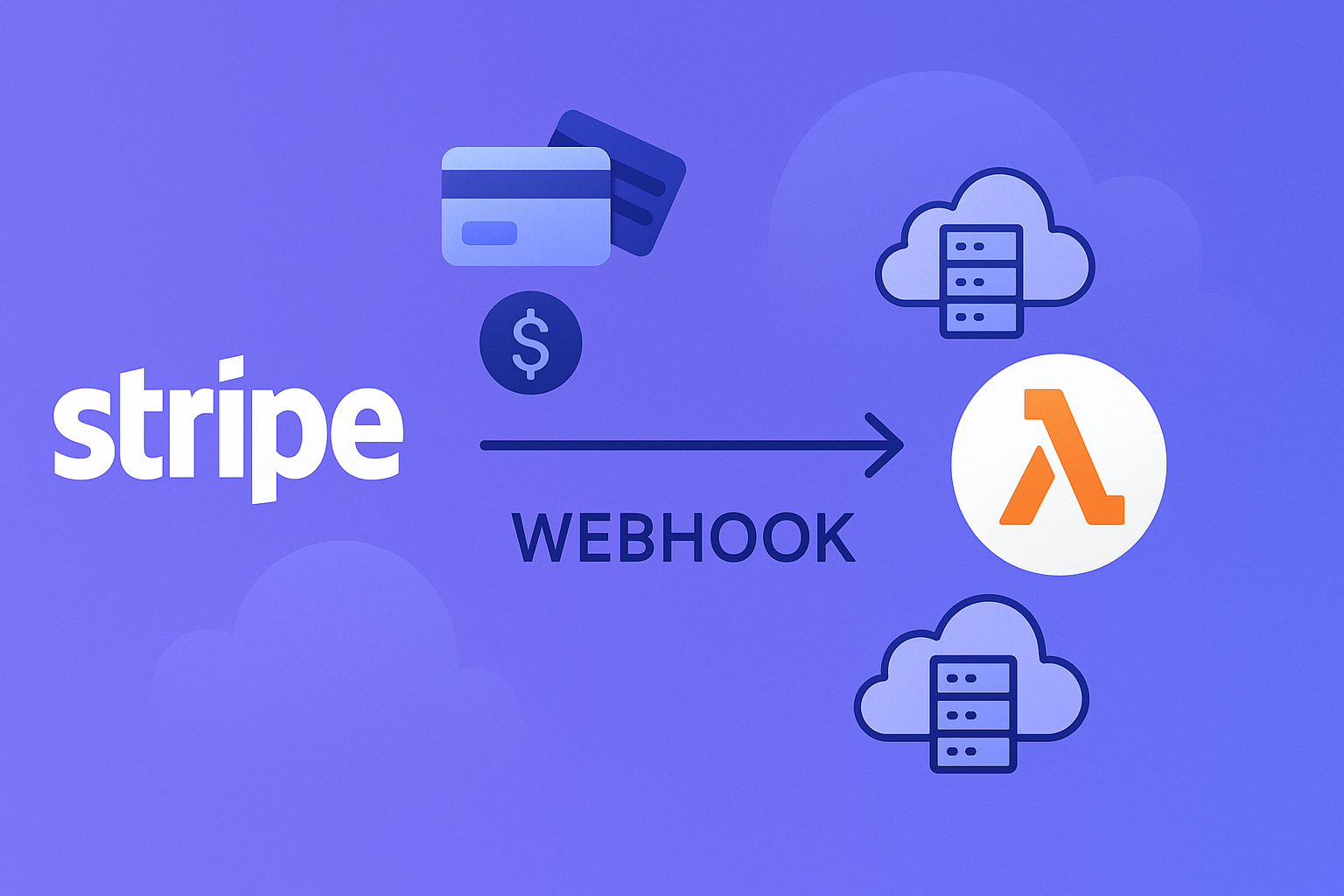
Stripe webhooks are essential for building reliable payment processing in your serverless SaaS application. They provide real-time notifications about payment events, ensuring your application stays synchronized with payment status changes without requiring manual intervention.
This tutorial focuses on implementing Stripe webhooks using AWS serverless services including AWS Lambda functions, API Gateway, DynamoDB, and AWS Secrets Manager. We'll walk through configuring webhook endpoints that automatically scale with your traffic while maintaining zero idle costs. If you're wondering why we reference Lambda functions and other AWS services, it's because we're building a complete serverless payment processing system on AWS.
In this comprehensive guide, we'll walk through configuring Stripe webhooks for a serverless architecture using AWS Lambda, including webhook verification, event handling, and best practices for secure payment processing automation.
This guide focuses on implementing Stripe webhooks in a serverless environment. If you're building a serverless SaaS with the Scale to Zero AWS Kit, webhook handling infrastructure is already pre-configured and ready to use.
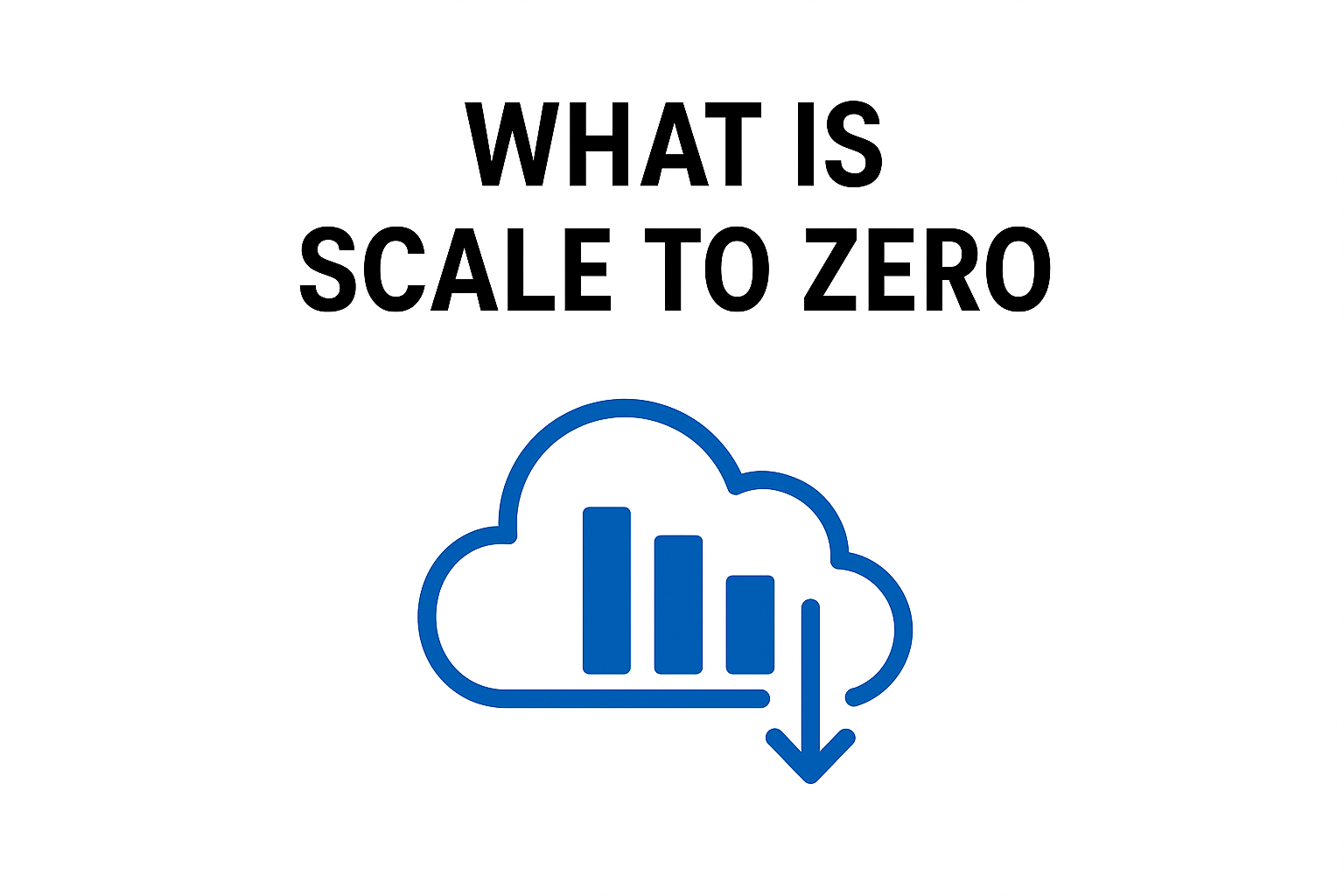
Scale to zero is one of the most powerful concepts in modern serverless architecture that can dramatically reduce your infrastructure costs while maintaining high performance and availability. But what exactly does "scale to zero" mean, and how can you leverage it to build a successful SaaS application?
In this comprehensive guide, we'll explore the scale-to-zero concept, its benefits, and how you can build production-ready SaaS applications using serverless architecture that automatically scales from zero to millions of users.
This guide covers the general scale-to-zero concept in serverless computing. Later in the article, we'll also introduce the Scale to Zero AWS Kit - a specific product that implements these concepts as a production-ready SaaS starter kit.
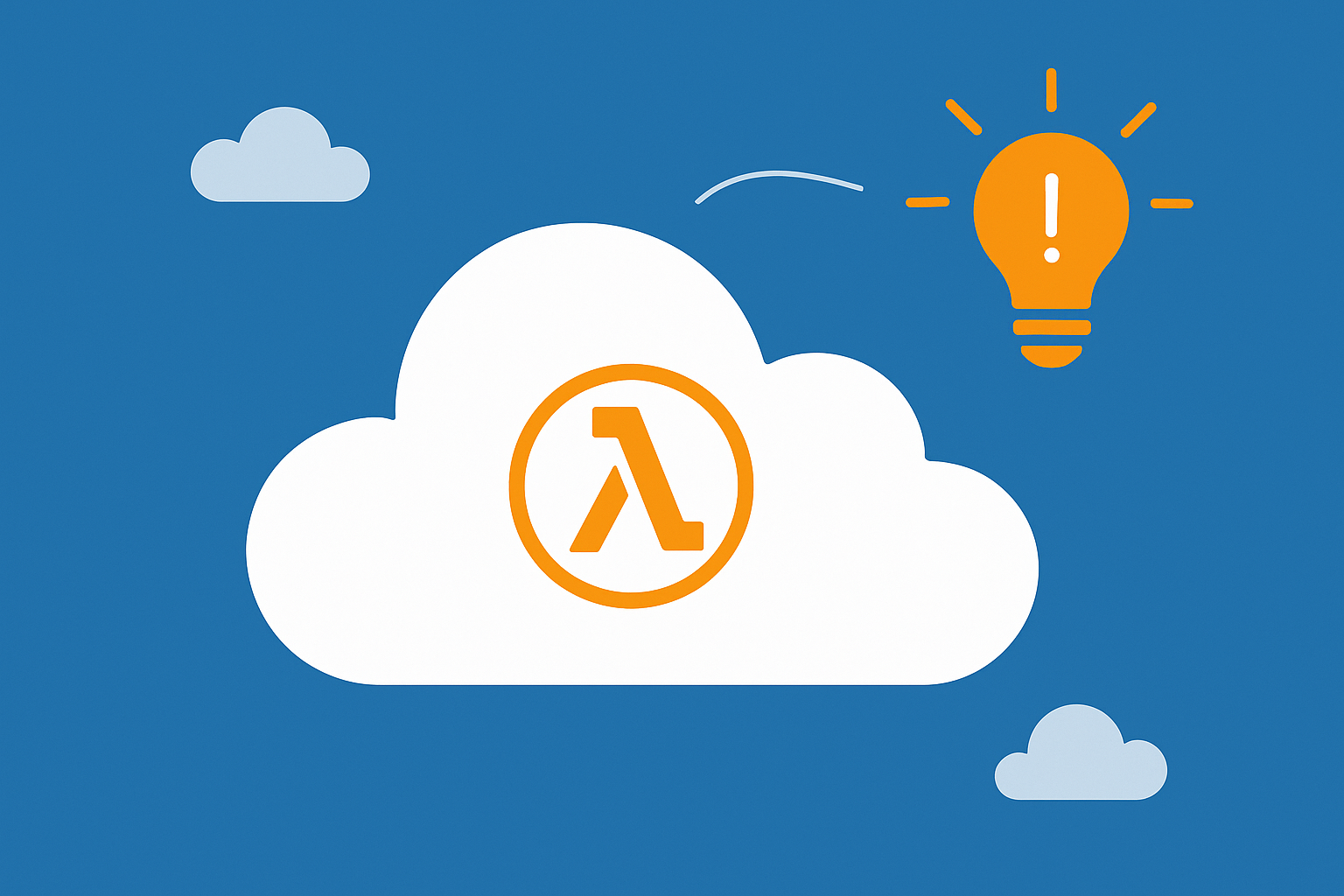

AWS Well-Architected Framework is a great way to design your platform. It's a set of best practices and helps you to understand the pros and cons of your architecture. By understanding the pros and cons, you can make better decisions to reduce security risks, increase performance, and make your platform cost-effective.
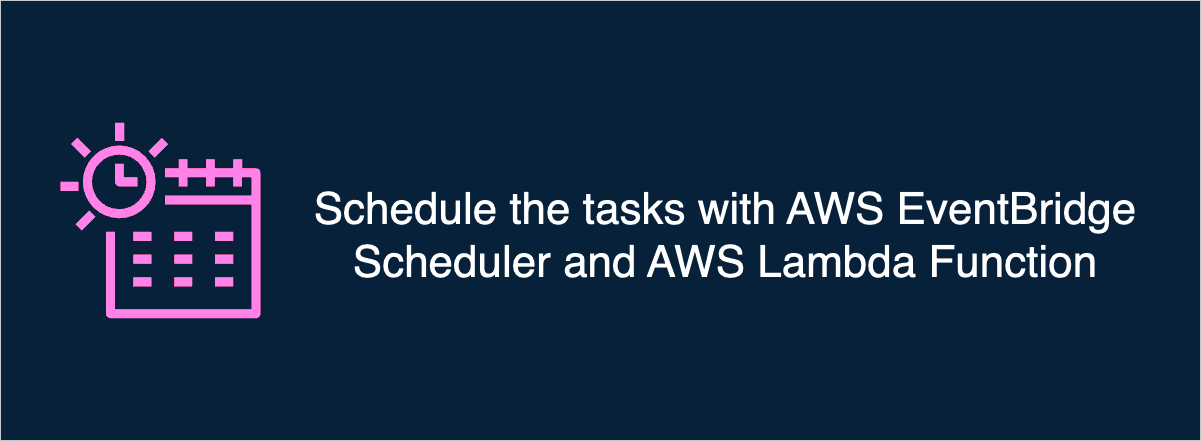
EventBridge Scheduler allows you to schedule one-time or recurring events. It can invoke many targets like AWS Lambda, SQS, SNS, etc. In this blog, we will focus on AWS Lambda as a target.
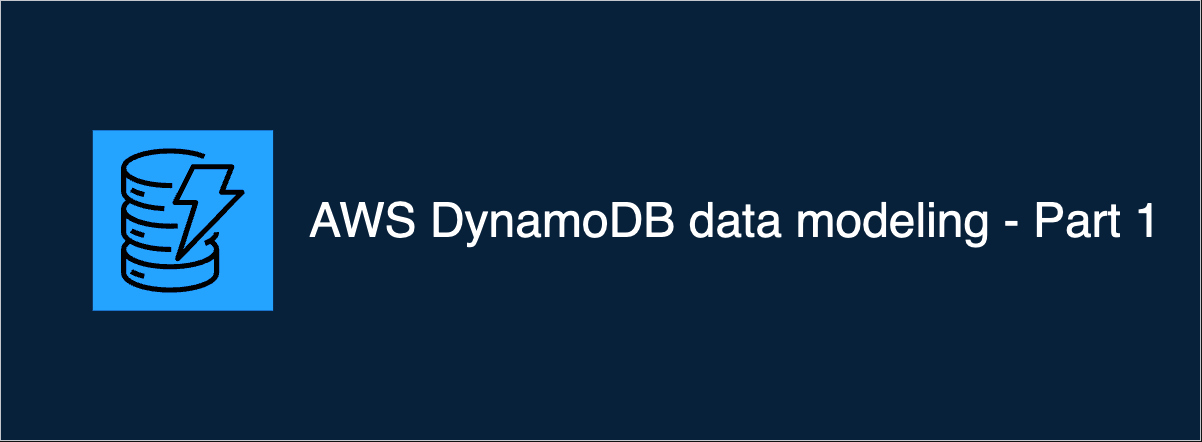
It's very important to keep in mind that we should model our data before we start writing the code. Defining your access patterns helps you to model the data. PK (partition key) and SK (sort key) handle most of the access patterns.
Some Dynamodb terminology:
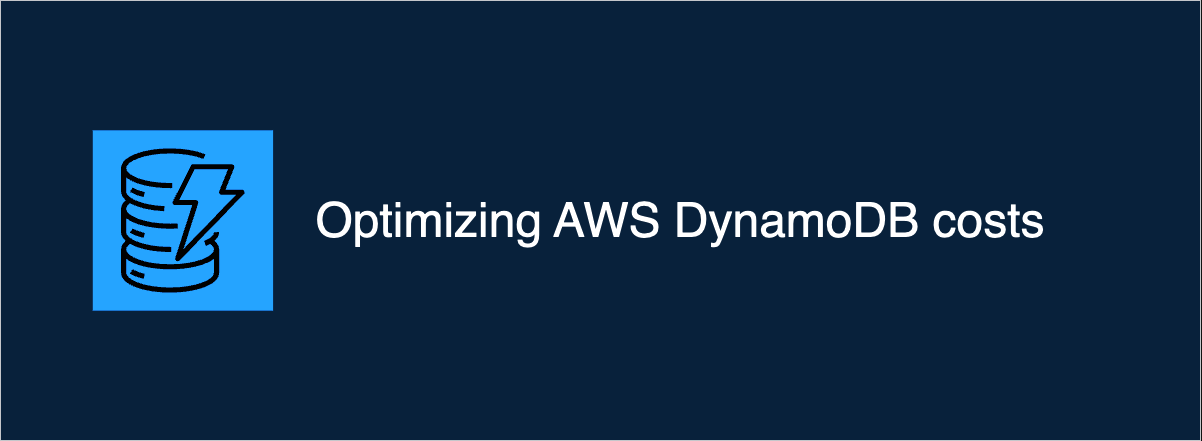
Don't forget to use UUIDv7. As of May 2024, it's standardized under RFC9562. It's time to start using it in your database designs.
UUIDv7 brings time-ordering to your IDs, which introduces time-ordering to your IDs, offering significant advantages and cost savings, particularly for DynamoDB users.

AWS DynamoDB is a preferred database for serverless applications due to its scalability and performance. However, costs can quickly add up if not properly managed. Our Scale to Zero AWS kit heavily uses DynamoDB to store data while keeping costs minimal. In this comprehensive guide, we'll explore 7 proven strategies to optimize your DynamoDB costs.